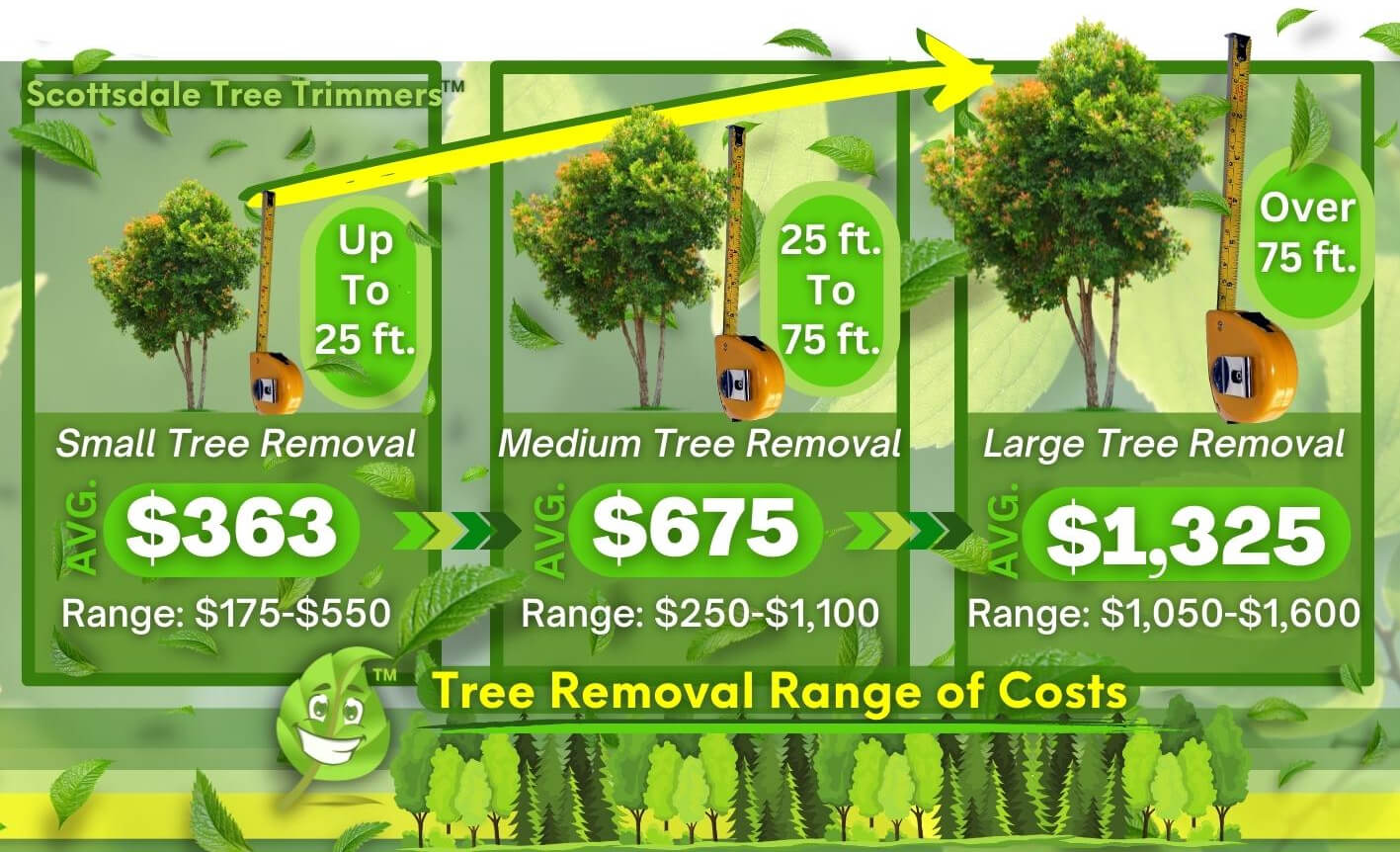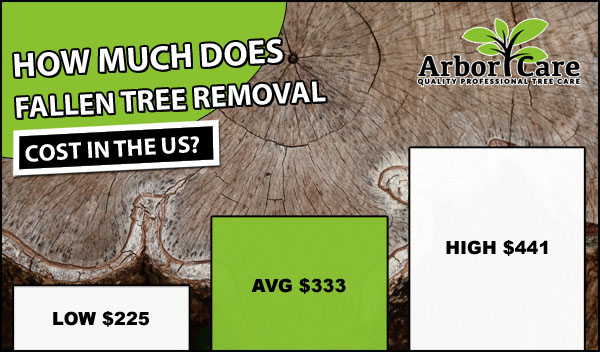Featured
Table of Contents
- – Highly-Rated Tree Trimming In Lakehills, TX: P...
- – Stump Removal Costs In Lakehills, TX
- – Lakehills, TX Tree Clearing Market Analysis
- – Power Replacement Costs For Tree Removal In L...
- – Lakehills, TX Arborist Pricing Breakdown
- – Best Money-Saving Tips On Stump Grinding In L...
- – Comparing Stump Removal Prices In Lakehills, TX
- – Total Tree Service Costs In Lakehills, TX: N...
- – Lakehills, TX Tree Trimming Honest Pricing
- – Best Time To Hire A Stump Grinding In Lakehi...
- – Lakehills, TX Tree Removal: Flat Rates
- – 5-Star Stump Grinding Reviews In Lakehills, TX
- – Why Hire An Tree Cutting In Lakehills, TX?
- – Honest Arborist Costs In Lakehills, TX
- – Local vs National Tree Clearing Costs In Lak...

The subsections listed below provide more comprehensive information about rates, including an average variety for each. TypeAverage Removal CostPineConiferPalmMagnoliaArborvitaeAshCedarSweet GumEucalyptusSycamoreCypressOakMaplePoplar You can expect to pay between to get rid of a pine, depending on its size. Removing a pine is one of the more inexpensive jobs unless it is one that has actually been around for many years and is rather large.
Highly-Rated Tree Trimming In Lakehills, TX: Pricing
Pines also have a tap root that grows deep into the soil, which can show to be harder to get rid of. The process itself includes an expert cutting the tree, clearing the base, cutting the surface roots, getting rid of the stump, and finally treating the soil. Without an expert hand, you risk leaving pine seedlings behind, which will fall from the roots of distressed pines.
Stump Removal Costs In Lakehills, TX
The U.S. national average for conifer elimination is around to have the conifer cut down, carried away, and the stump ground or gotten rid of totally. Conifers are generally much easier to remove, and despite the fact that they can grow quite high, they do not cost a fortune to remove. Conifers consist of pine, spruce, fir, and juniper trees.
Lakehills, TX Tree Clearing Market Analysis
While conifers are beautiful, they eliminate native plants and certain types of lawn (tree trimming). The average price of palm removal depends on the height as much as the type, varying from.
Power Replacement Costs For Tree Removal In Lakehills, TX
That is why it is necessary to know which type you are getting rid of. While you do not need an herbicide to eliminate a palm tree, there are some actions your elimination professional will have to take to ensure the job is done correctly. There are 2 ways they can get rid of them: by chopping them down or digging them up.
Lakehills, TX Arborist Pricing Breakdown
From there, they get rid of the actual tree and then the stump. Expect to pay between to eliminate this type of tree, depending on the specific size and information of the task.
Best Money-Saving Tips On Stump Grinding In Lakehills, TX
There are 3 types: green, white, and black ash. With its gray-tinged bark, its leaves are green or purple in the spring and golden yellow or purplish-red in the fall.
Comparing Stump Removal Prices In Lakehills, TX

The bark is softer, and it blooms later in the year - tree trimming. Due to the variation in height, the elimination cost difference is broad from. A coniferous, evergreen tree, the cedar is a durable types. True cedars take pleasure in greater altitudes, mainly in the Himalayas and the Mediterranean. A true cedar can grow as high as 160 feet in height and is frequently planted in the United States as a landscape choice.
Total Tree Service Costs In Lakehills, TX: No Hidden Fees
The growth of incorrect cedars varies from 50 feet up to 230 feet high. With star-shaped leaves and stunning fall colors, the sweet gum is considered a medium to large tree.
Lakehills, TX Tree Trimming Honest Pricing
Normally, it costs between to eliminate a eucalyptus. Eucalyptus are not common all over, however they are rather large compared to others, which is why even the smaller ones are so costly to eliminate.
Best Time To Hire A Stump Grinding In Lakehills, TX
There are a handful of methods to do this, including burning, pulling, grinding, or eliminating them with herbicide. Expect to pay in between to eliminate sycamores, based upon the height, trunk size, and amount of work involved. Sycamores are among the largest hardwood trees, generally ranging from 60 to 100 feet high and as broad as 15 feet.
Lakehills, TX Tree Removal: Flat Rates
The first two actions will expose the withins of the tree and cut off the flow of nutrients up the trunk. From there, a professional applies herbicide to kill the tree and cuts down the trunk.
5-Star Stump Grinding Reviews In Lakehills, TX
There are various types of Cypress trees, however the most widespread are the Leyland, Arizona, Bald, and Italian. The Bald Cypress grows in swampy or very wet locations while the others enjoy a dry, warm, or hot environment (stump removal). They can grow as high as 80 to 100 feet tall
Why Hire An Tree Cutting In Lakehills, TX?

Prone to diseases, the Cypress is one of the most treasured woods for furnishings. The typical oak grows to around 60 feet, and depending upon the complexity of the elimination, it costs an average of to get rid of. The precise size of your oak and the effort required to fell it affect what you will actually spend for elimination along with any extra services like stump grinding.
Honest Arborist Costs In Lakehills, TX
Access to the trees and the roots will also affect the overall expense. Maples can easily mature to 100 feet or more and typically expense between to eliminate from your home. The last price depends on the actual height and complexity of the task. Maples are normally amongst the more expensive trees to get rid of due to the fact that of their size and the work involved in the removal.
Local vs National Tree Clearing Costs In Lakehills, TX
Growing as high as 90 to 115 feet, these huge timbers are mainly found in North America and consist of the aspen, cottonwood, and balsam trees. The process to get rid of trees involves all the trimming and cutting of the branches and trunk, bringing it down to a stump.
Table of Contents
- – Highly-Rated Tree Trimming In Lakehills, TX: P...
- – Stump Removal Costs In Lakehills, TX
- – Lakehills, TX Tree Clearing Market Analysis
- – Power Replacement Costs For Tree Removal In L...
- – Lakehills, TX Arborist Pricing Breakdown
- – Best Money-Saving Tips On Stump Grinding In L...
- – Comparing Stump Removal Prices In Lakehills, TX
- – Total Tree Service Costs In Lakehills, TX: N...
- – Lakehills, TX Tree Trimming Honest Pricing
- – Best Time To Hire A Stump Grinding In Lakehi...
- – Lakehills, TX Tree Removal: Flat Rates
- – 5-Star Stump Grinding Reviews In Lakehills, TX
- – Why Hire An Tree Cutting In Lakehills, TX?
- – Honest Arborist Costs In Lakehills, TX
- – Local vs National Tree Clearing Costs In Lak...
Latest Posts
Deals On Stump Removal In Micco, FL
Local Pricing For Stump Grinding In Poolesville, MD
What You Need To Know About Stump Removal Prices In Waynesboro, GA
More
Latest Posts
Deals On Stump Removal In Micco, FL
Local Pricing For Stump Grinding In Poolesville, MD
What You Need To Know About Stump Removal Prices In Waynesboro, GA